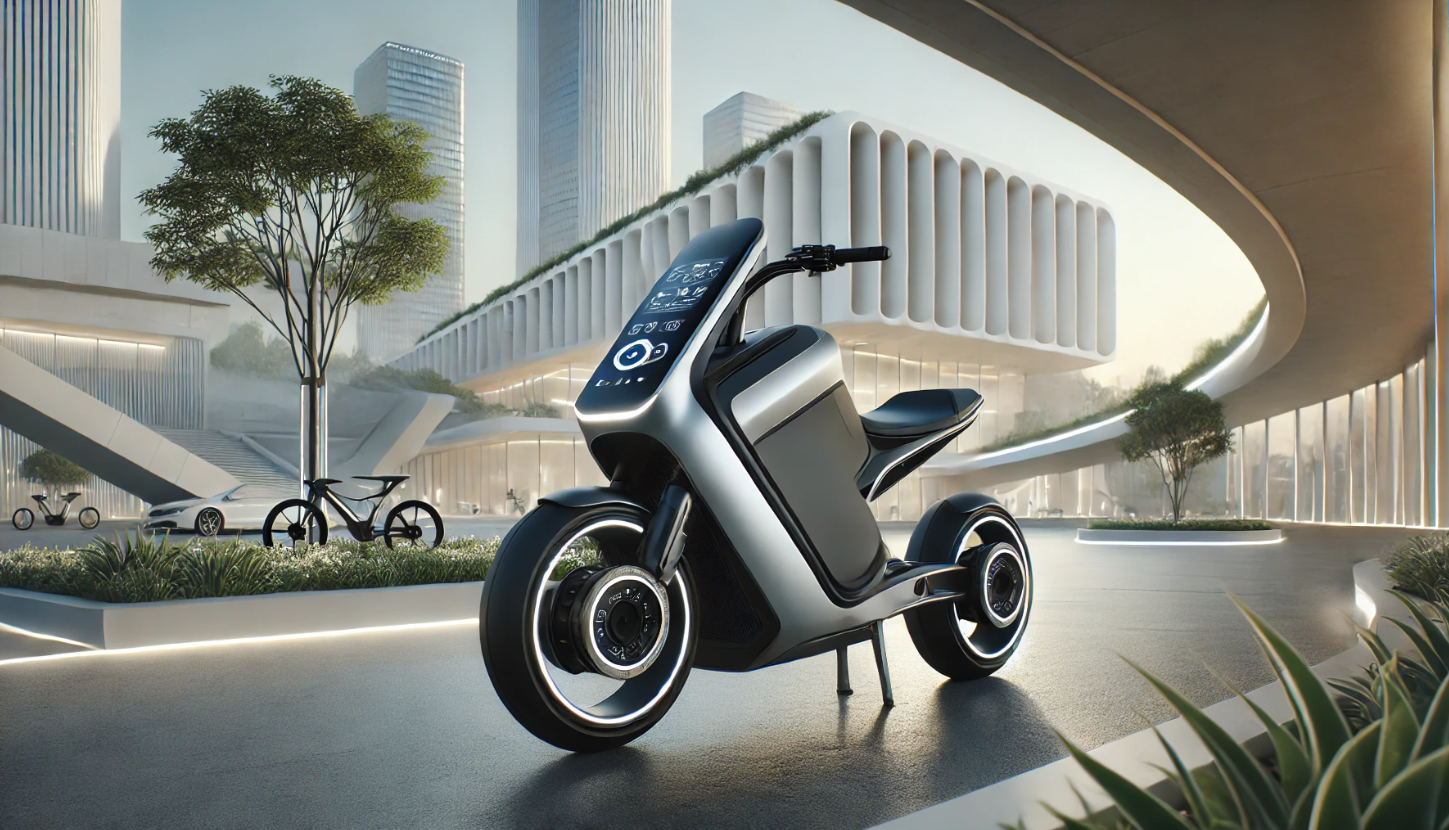Two-wheeled vehicles have long been integral to urban mobility, offering efficient and flexible transportation solutions. As we look to the future, technological advancements and shifting societal needs are set to redefine this sector. This article explores emerging trends and innovations shaping the future of two-wheeled transportation.
Electric Revolution
The global shift towards sustainable energy has propelled the development of electric two-wheelers. According to market analyses, the electric two-wheeler market exceeded USD 70.1 billion in 2022 and is projected to grow at a compound annual growth rate (CAGR) of 6% from 2023 to 2032.
This growth is driven by advancements in battery technology, leading to longer ranges and shorter charging times, making electric scooters and motorcycles increasingly viable for daily commuting.
Autonomous Capabilities
Autonomous driving technology is not limited to cars; it is making inroads into two-wheeled transportation as well. Companies are developing self-balancing motorcycles equipped with gyroscopic systems that enhance stability and safety. For instance, Lit Motors has introduced a two-wheeled electric vehicle with gyroscopic stabilization, aiming to combine the agility of motorcycles with the safety of cars.
Connectivity and Smart Features
The integration of Internet of Things (IoT) technology into two-wheelers is enhancing the riding experience. Features such as real-time navigation, vehicle diagnostics, and rider assistance systems are becoming standard. The market for two-wheeler connectivity systems is expected to grow significantly, with a projected CAGR of over 46% in the next five years.
Urban Mobility and Micro-Transportation
As urban areas become more congested, two-wheeled vehicles offer a solution to traffic woes. Electric scooters and bikes are becoming integral to micro-mobility strategies in cities worldwide. In China, for example, bike-sharing systems without docking stations allow users to pick up and leave bikes anywhere, enhancing convenience and accessibility.
Safety Innovations
Safety remains a paramount concern for two-wheeled transportation. New data on infrastructure safety for powered two-wheelers highlights the need for improved road conditions and enforcement of speed limits. Only 41% of roads have vehicle speeds at or below posted limits, indicating a need for more effective measures to ensure rider safety.
Market Growth and Economic Impact
The two-wheeler market is poised for continued growth. In the United States, the market size was valued at USD 10.12 billion in 2023 and is expected to reach USD 14.69 billion by 2033, growing at a CAGR of 3.80%.
This expansion reflects increasing consumer demand and the adoption of two-wheelers as practical urban transportation solutions.
Conclusion
The future of two-wheeled transportation is marked by electrification, autonomous technologies, enhanced connectivity, and a focus on safety. As these trends converge, two-wheelers are set to play a pivotal role in the evolving landscape of urban mobility, offering sustainable and efficient alternatives for commuters worldwide.


